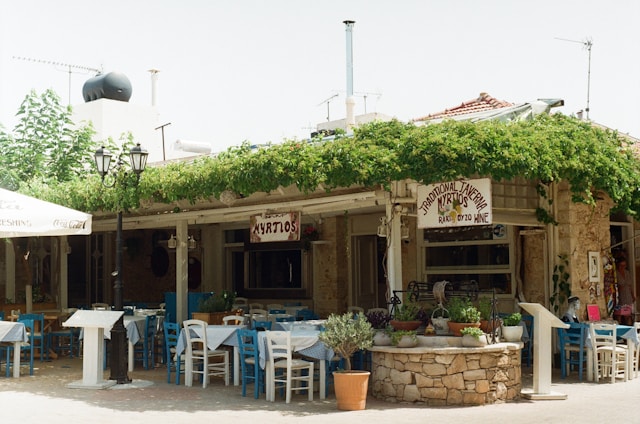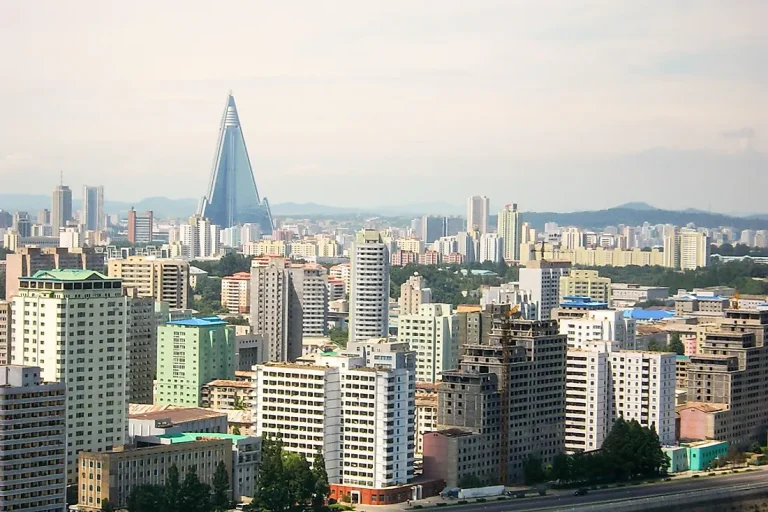Nestled atop a mountain in the Oaxaca Valley of southern Mexico, Monte Albán Mexico Monte Albán is one of the most impressive and well-preserved archaeological sites of Mesoamerica. As the former capital of the Zapotec civilization, it has long captured the imaginations of travelers, archaeologists, and historians alike. While many people are familiar with Monte Albán as a significant cultural site, there are numerous fascinating aspects of this ancient city that remain lesser known. In this article, we will uncover 10 things you didn’t know about Monte Albán, shedding light on its mystery, its people, and its legacy.
1. Monte Albán Was Built on a Man-Made Plateau
Monte Albán Mexico, Monte Albán’s most striking feature is its location—on top of a mountain that offers sweeping views of the Oaxaca Valley. What many people don’t know is that the site was constructed on a massive, man-made plateau. The Zapotecs leveled the mountain top and removed thousands of tons of earth and rocks to create a flat surface on which to build the city. This feat of engineering was no small accomplishment, especially given that the technology of the time was rudimentary. Monte Albán Mexico The plateau’s creation required an immense amount of labor, which demonstrates the advanced planning and organizational skills of the Zapotec civilization.
2. It Was a Political and Ceremonial Center, Not Just a City
While Monte Albán is often referred to as a city, its true purpose was much more complex. It served not only as the political and administrative capital of the Zapotecs but also as an important ceremonial hub. The site is home to various temples, ball courts, and the Gran Plaza, which were used for religious rituals and political gatherings. It is believed that the Zapotec rulers used the city’s monumental architecture to legitimize their power and demonstrate their divine connection with the gods. In fact, the alignment of certain buildings suggests that the site was also used for astronomical observations, highlighting its dual role as both a political and spiritual center.
3. The Zapotecs Were Among the First to Develop a Writing System
Monte Albán Mexico Monte Albán was one of the earliest centers for written communication in Mesoamerica. The Zapotecs developed an intricate system of hieroglyphs, many of which have been found carved into the stone surfaces at Monte Albán. While the full understanding of the Zapotec writing system is still a subject of ongoing research, scholars have deciphered some of the symbols used to represent names, dates, and historical events. These inscriptions provide crucial insight into the social and political structure of the Zapotecs, making Monte Albán a key location for understanding Mesoamerican writing and record-keeping.
4. The Zapotecs Had Advanced Knowledge of Astronomy
The Zapotecs who inhabited Monte Albán were keen observers of the heavens. The site is aligned with the movements of celestial bodies, and several structures appear to have been designed for astronomical observation. For example, the Observatory at Monte Albán is believed to have been used to track the sun’s movements, especially during the equinoxes. The Zapotecs also had a deep understanding of time, using complex calendars to measure the passage of days, months, and years. This knowledge was critical for their agricultural practices and religious ceremonies, as the cycles of the sun and moon were believed to influence harvests and cosmic order.
5. Monte Albán Was Built to Reflect Cosmic Beliefs
In addition to its astronomical alignment, the design of Monte Albán’s architecture reflects the Zapotecs’ beliefs about the cosmos. The city’s layout is symmetrical, and the placement of temples and plazas is deliberate, with many buildings facing the cardinal directions. The Zapotecs believed that the universe was divided into different realms—such as the underworld, the earthly realm, and the heavens—and this belief was mirrored in the construction of the city. Monte Albán Mexico The temples at Monte Albán were likely built to represent these realms, and certain ceremonial spaces were aligned with celestial events, reinforcing the importance of divine order in Zapotec society.
6. Monte Albán Had a Vast Network of Trade Routes
Monte Albán was not only a political and ceremonial center but also a major hub in Mesoamerican trade. It controlled important trade routes that connected the Oaxaca Valley to other regions in Mesoamerica, including the Gulf Coast, central Mexico, and even the Maya area. Archaeological evidence suggests that the Zapotecs traded a variety of goods, including obsidian, jade, textiles, and pottery. This trade network not only contributed to the city’s wealth and power but also facilitated cultural exchange between different civilizations, influencing the development of art, technology, and ideas.
7. Monte Albán’s Tombs Hold Rich Archaeological Treasures
One of the most remarkable features of Monte Albán is its extensive burial sites. Archaeologists have uncovered numerous tombs within the ruins, some of which are incredibly well-preserved. Monte Albán Mexico The most famous of these is Tomb 7, discovered in the 1930s, which contained the remains of a high-ranking individual, likely a ruler or priest. The tomb was filled with offerings, including jade jewelry, gold ornaments, and intricately carved ceramics. These tombs offer a glimpse into the wealth, social hierarchy, and religious practices of the Zapotecs, and they continue to be a significant source of information for archaeologists.
8. The City Was Abandoned Long Before the Arrival of the Spanish
Despite its grandeur and significance, Monte Albán was largely abandoned by the end of the 8th century, centuries before the arrival of the Spanish in the 16th century. The reasons for its decline are still debated, but it is thought that a combination of internal conflicts, environmental factors, and the rise of other powerful cities led to the site’s abandonment. By the time the Spanish arrived, Monte Albán had already fallen into ruin, and its former inhabitants had moved to other locations. However, the legacy of Monte Albán continued to influence the region, as it remained a symbol of Zapotec heritage long after its decline.
9. Monte Albán Was a UNESCO World Heritage Site Long Before the Spanish Arrived
Monte Albán has been recognized as a UNESCO World Heritage Site since 1987, but its significance as a cultural and historical landmark extends far beyond modern times. The Zapotecs themselves revered the site as a place of power and importance, Monte Albán Mexico even after the city’s abandonment. In fact, many later civilizations, including the Mixtecs, who rose to prominence in the Oaxaca Valley after the Zapotecs, viewed Monte Albán as a sacred space. Its ruins continued to hold cultural significance, and the site became a symbol of Oaxaca’s ancient heritage.
10. The Site is Still Yielding New Discoveries
Monte Albán continues to be an important site for archaeological research. Despite being extensively studied since the 19th century, new discoveries are still being made. Monte Albán Mexico Recent excavations have uncovered additional tombs, altars, and artifacts that provide further insight into the lives of the Zapotecs. In recent years, advanced technology, such as ground-penetrating radar, has been used to explore areas that were previously inaccessible, leading to the discovery of hidden structures and offerings. This ongoing research ensures that Monte Albán remains a vital source of knowledge about Mesoamerican history.
Conclusion
Monte Albán is a site that offers a fascinating glimpse into the past, and these 10 lesser-known facts shed light on the complexity and richness of the Zapotec civilization. From its impressive architecture and astronomical knowledge to its role as a political and ceremonial center, Monte Albán was a city ahead of its time. While much has been uncovered about this ancient city, there is still much to learn, and ongoing excavations continue to reveal new secrets. Whether you are a history buff, an archaeology enthusiast, or simply someone seeking to explore the mysteries of Mesoamerica, Monte Albán remains a must-visit destination for anyone interested in the ancient world.
FAQs
1. What is the best time to visit Monte Albán?
Monte Albán Mexico The best time to visit Monte Albán is during the dry season, from October to April, when the weather is pleasant and ideal for exploring the site.
2. How long should I spend at Monte Albán?
Most visitors spend around 2 to 3 hours exploring the ruins. However, if you are interested in archaeology or history, you might want to spend longer.
3. Can I hire a guide at Monte Albán?
Yes, Monte Albán Mexico there are local guides available at the entrance who can provide detailed information about the site and its history.
4. Is Monte Albán accessible for people with mobility issues?
The site has some paved paths, Monte Albán Mexico but it is located on a mountain, and some areas have uneven terrain. It may not be fully accessible for people with mobility challenges.
5. Are there any accommodations near Monte Albán?
Yes, there are several hotels and guesthouses in Oaxaca City, located about 30 minutes from Monte Albán by car. Monte Albán Mexico Many accommodations offer tours to the site.
Also read : Explora Rapa Nui: 10 Ways to Experience Rapa Nui Like a Local




Leave a Comment